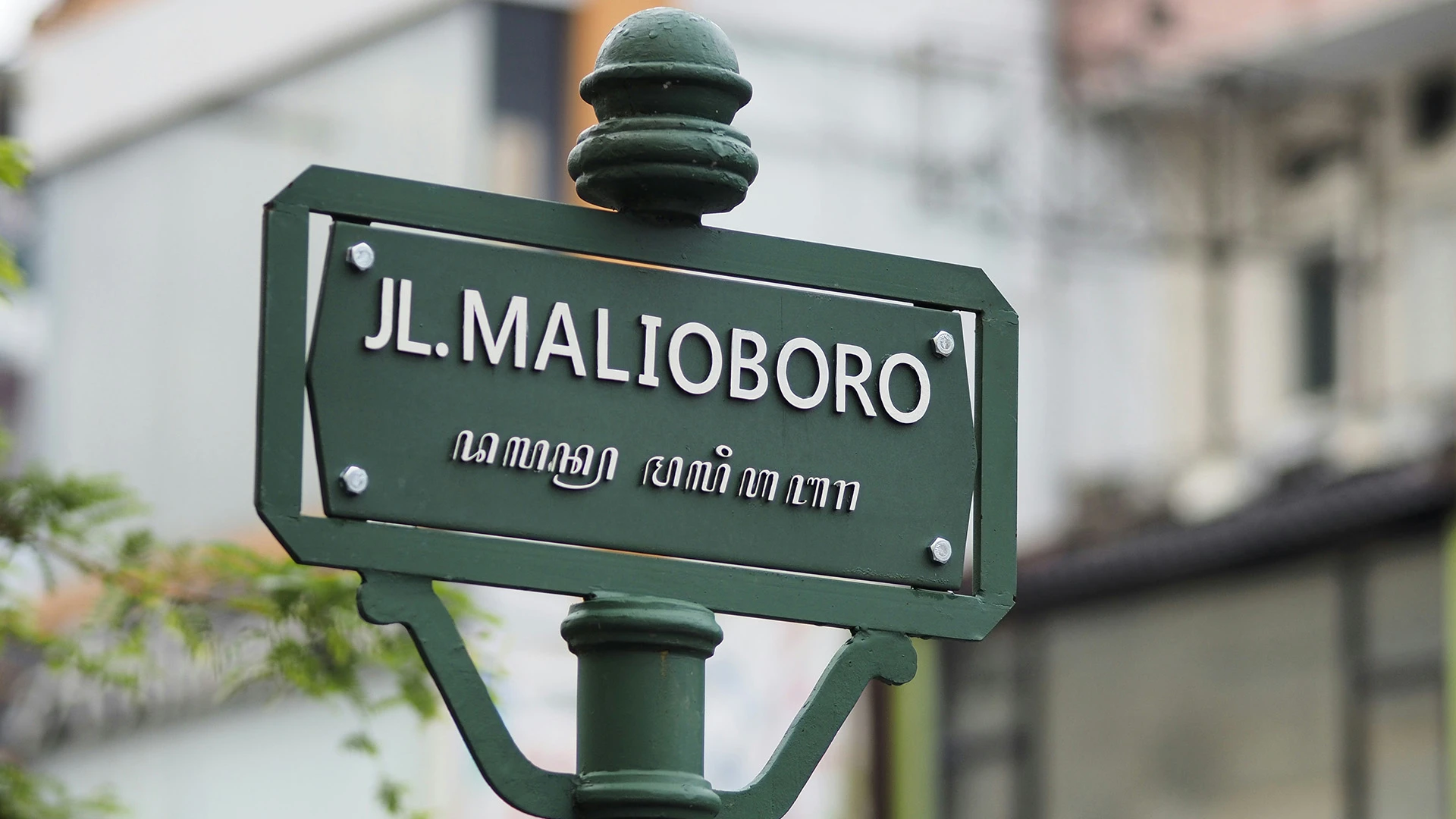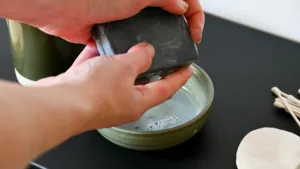
What’s Gudeg Yogyakarta? Discover the Iconic Sweet Jackfruit Dish of Indonesia
What’s Gudeg Yogyakarta?
Gudeg Yogyakarta is one of Indonesia’s most iconic culinary treasures, known for its unique sweetness and rich coconut flavor. Originating from Yogyakarta, this traditional dish is made from young jackfruit (known locally as nangka muda) that is slow-cooked in coconut milk, palm sugar, and a blend of aromatic spices.
This delicacy perfectly captures the essence of Javanese cuisine—balanced, flavorful, and deeply rooted in tradition. Whether enjoyed at a family gathering or a local restaurant, Gudeg represents the warmth and hospitality of Yogyakarta’s culture.
The History and Origin of Gudeg
A Legacy of Javanese Tradition
Gudeg’s history traces back hundreds of years to the Mataram Kingdom era in Central Java. It began as a humble village dish, created from ingredients easily found in the tropical environment—jackfruit, coconut, and natural sweeteners. Over time, it evolved into a culinary symbol of Yogyakarta, often served at traditional events, royal banquets, and family celebrations.
Cultural Significance
In Javanese philosophy, Gudeg reflects harmony and patience. The slow cooking process, which can take hours, symbolizes mindfulness—a reminder that good things take time. Today, Gudeg is more than food; it’s a representation of Yogyakarta’s soul and identity.
How Gudeg is Made
Main Ingredients
Traditional Gudeg consists of young jackfruit, coconut milk, palm sugar, garlic, shallots, bay leaves, and galangal. The combination of these ingredients creates a balance of sweet and savory flavors unique to Javanese cooking.
Cooking Process
The preparation of Gudeg requires slow simmering for several hours until the jackfruit absorbs the sweet coconut mixture and turns brownish-red. It’s often served with side dishes such as krecek (spicy buffalo skin stew), boiled eggs, chicken, and rice.
Different Types of Gudeg
Dry Gudeg (Gudeg Kering)
This version has less coconut milk and a sweeter taste. It’s commonly found in Yogyakarta and is ideal for travelers since it lasts longer and is easy to pack as a souvenir.
Wet Gudeg (Gudeg Basah)
Popular in nearby regions like Solo, this variant is softer, juicier, and less sweet compared to the Yogyakarta style. It’s often enjoyed fresh and best eaten warm.
Where to Find the Best Gudeg in Yogyakarta
Yogyakarta is home to many legendary Gudeg spots that have been serving for generations. Some of the most famous include Gudeg Yu Djum, Gudeg Pawon, and Gudeg Permata. These places are not only culinary landmarks but also cultural destinations for both locals and tourists.
Why Gudeg Yogyakarta is a Must-Try Dish
If you’re visiting Yogyakarta, tasting Gudeg is a cultural experience you shouldn’t miss. Its sweet flavor, historical roots, and symbolic meaning make it one of Indonesia’s most beloved dishes. Beyond satisfying your taste buds, Gudeg tells a story of patience, tradition, and the enduring charm of Javanese culture.








Add comment
You must be logged in to post a comment.